The global bubble tea market was valued at US$1.96 billion in 2016 and is projected to reach US$3.21 billion by 2023. However, the bubble tea craze comes as a heavy price to the environment. Since plastic cups and straws—used to contain and consume the drinks—are non-biodegradable, most of these end up in oceans and cause severe harm to animals that mistake the plastic for food. Used bubble tea cups also cannot be placed into “Plastics”-designated recycling bins as they contain too much liquid and leftover “pearls”, usually made of tapioca. To date, there have been efforts to address bubble-tea-related waste, but there appears to be a lack of compelling examples on the market that offer sustainable solutions to the wasteful manufacture and packaging of bubble tea drinks.
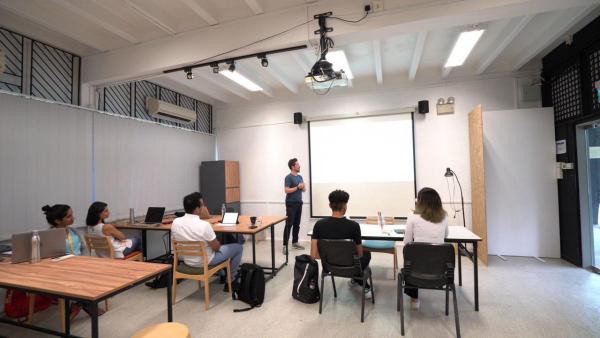
To encourage educational and research cooperation, the Lien Centre for Social Innovation at the Singapore Management University has partnered with LASALLE College of the Arts' Faculty of Design to imagine a more sustainable world for bubble tea makers and consumers. In an initiative called #Thirsty4Change, two SMU students Ishan Singh and Elyza Carbajal attended a series of workshops alongside LASALLE students Jayal Shroff, Omar Faruq Raed Bham and Ramya Chandran. Held over six weeks at LASALLE College's Winstedt campus, the students collected and assessed data, and applied design
methods to address the bubble tea "phenomenon" and its environmental challenges.
As they continue to refine their ideas and research, SOCIAL SPACE catches up with the SMU participants Ishan and Elyza to find out more about their journey and experiences.
Why did you choose to participate in #Thirsty4Change? Are you both bubble tea fans?
Elyza: I absolutely love bubble tea—my go-to flavour is green milk tea with pearls—but I wouldn’t call myself a die-hard fan. This project is interesting to me for a number of reasons. Bubble tea has a cult following not just in Singapore, but also around the world. However, potential amount of waste this industry is capable of generating is insane. There's has been a rise in movements to reduce single-use plastics by encouraging consumers to bring their own cups, bottles, carriers and straws, but these may not be producing results fast enough. Getting involved in #Thirsty4Change was therefore a great opportunity for me to explore ways to incorporate design-thinking into generating sustainable solutions. Plus, I love getting creative!
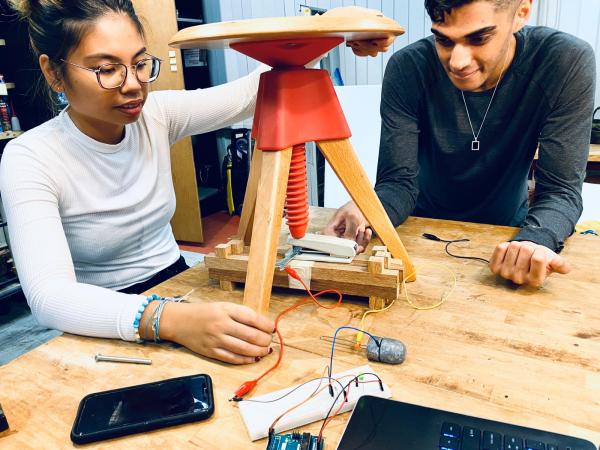
Elyza (left) and Ishan (right)
Ishan: Bubble tea isn't really my drink of choice, but I find the culture around it fascinating, especially in Singapore and most parts of Asia. I got involved in #Thirsty4Change because I was inspired by Social Space's #GetWideAwake movement, which is based on the idea that anyone—through small or large actions—can be a changemaker. Not only is the project a way for me to contribute in my own way towards making a collective difference, it's also an exciting opportunity to collaborate with students from different schools and disciplines.
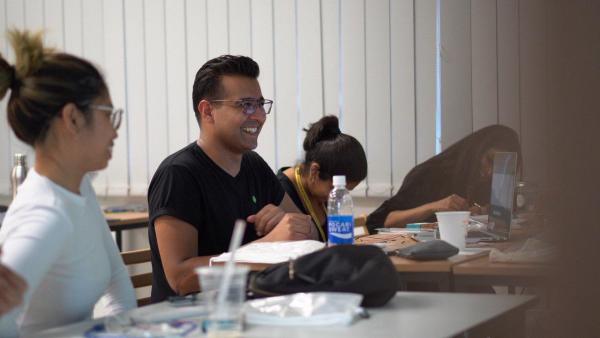
(Left to right) Elyza, with LASALLE students Omar, Ramya and Jayal
Being BA students from Social Science and Business backgrounds, what was it like attending the workshops with LASALLE's MA students?
Elyza: I had no idea what to expect, especially since I missed the first workshop and only joined from the second session. But I found all the workshops super interesting. Our many conversations surrounding bubble tea, sustainability, and differences in national cultures and attitudes were very useful as we brainstormed ideas together. Despite being from different educational institutions, there was an openness among us and I was energised by the process of learning new things from one another.
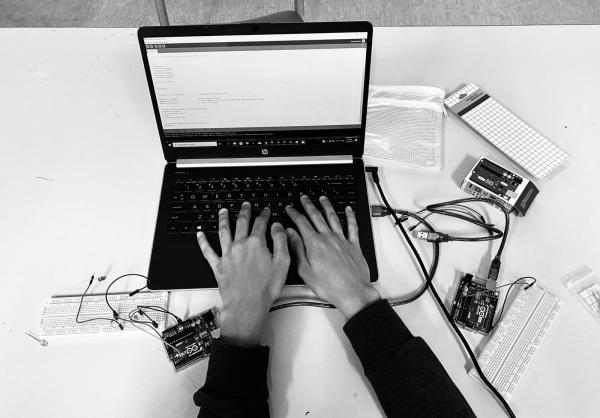
Ishan: I wasn’t really too sure what to expect, going in. I knew we were going to be working with Master’s students from LASALLE, and as a business undergrad, I was unsure what I could bring to the table. However, my worries dissolved very quickly once the workshops began. Our instructor, Mr Andreas Schlegel, did a really good job facilitating and making sure we were all in the loop. It was great working with him and my other workshop mates.
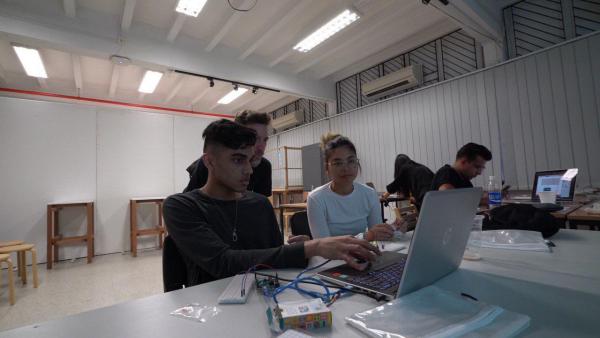
Ishan and Elyza, with LASALLE instructor Andreas Schlegel (middle)
Elyza: We were a very diverse group to begin with. I'm Filipino-Singaporean while Ishan is an international student from India. From LASALLE, there's Omar who's from South Africa, while Ramya and Jayal are from India. Our instructor Andreas is originally from Germany, but has lived in several countries. Coming together with our different cultural and educational backgrounds, you can say we really took “learning from one another” to a whole new level!
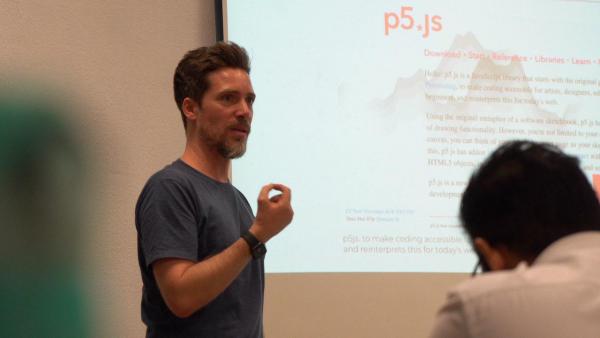
Workshop instructor Andreas Schlegel
How did the initial brainstorming go? What were some of the main ideas that came up?
Ishan: Andreas introduced us to the idea of data visualisation. It was a really interesting perspective on how the presentation of data is a very important part of any research project. He explained that we'd be delving into coding over the next few sessions, so our initial brainstorming focused mainly on what sort of data we wanted to collect and how we thought it could be effectively displayed.
Elyza: Coding was always a skill I felt was too difficult for me to get a hang of, and I always believed it wasn’t associated with design. But boy did Andreas prove me wrong! I became more aware of how the animations and installations we see involving electronics or digital mediums, especially those that are interactive, actually require some sort of coding. It opened my eyes to this whole new world and showed me how to manipulate pieces of code to create interactive art. After the group brainstorm, we proceeded to work individually on our ideas and shared them with one another. One of my ideas involves a way to visualise the rate at which the Semakau Landfill would fill up if we were to disrupt our patterns of consumption with eco-conscious alternatives.
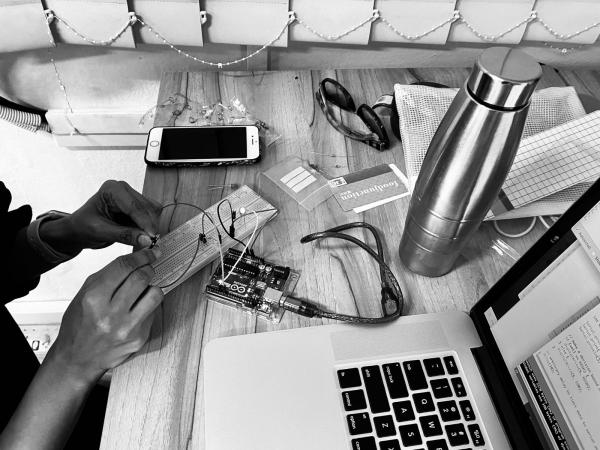
Ishan: Without giving too much away, my individual idea is a data visualisation presentation based on the "anatomy of a bubble tea shop".
The journey continues in Part 2.
Videography by Tham Why Keen of Red String Video Co. Images courtesy of Ishan Singh and Omar Faruq Raed Bham.

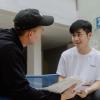


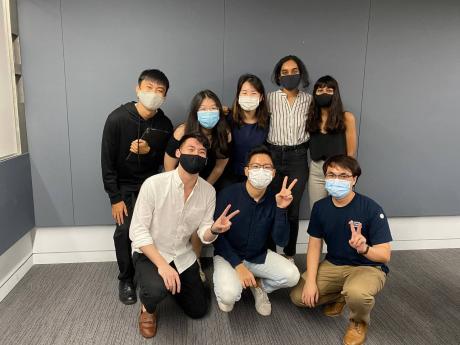
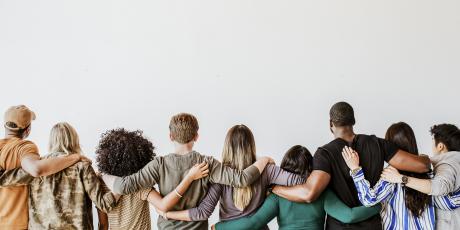
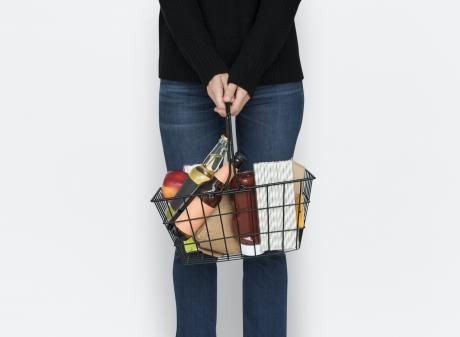
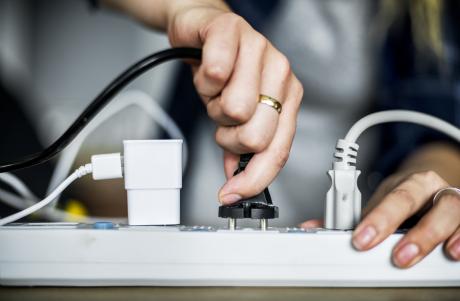
Comments